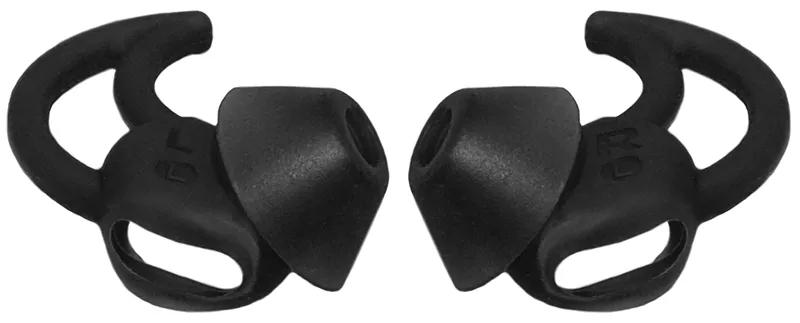Back to article
3329
Rhythmic chirping, ticking or beeping sounds from headphones
If you hear regularly occurring audio artifacts, like crackling, ticking, or squealing while using your product, try the following:
Determine if any recent changes have been made to the headset or aircraft.
If any changes or modifications have been made to either the headset or the aircraft, look into whether or not those changes could have unexpectedly caused this issue.
Check if the noise is affected by the volume control on the aircraft panel volume control.
Without adjusting your headset volume, turn up or down the volume control on the aircraft panel. If the noise level changes as well, the noise is related to the signal being received from the panel.
Check if the issue only occurrs during certain events.
It's possible unexpected noise might occur during certain events, like takeoff and landing. This is typically due to other electronics in the aircraft interfering with the electronics in the headset. While this isn't common, interference can occur with between electronics. If possible, determine the source of interference and if the source can be turned off, relocated or shielded from the headset.
Check if the issue only occurs at certain altitudes.
In non-pressurized aircrafts, the effectiveness of noise-cancellation decreases as the alititude increases. The headset might also produce a whining sound in these situations. For info on maximum altitude for full noise cancellation, refer to the headset specifications.
Determine if the issue occurs when your headset is powered off.
Your headset works in passive mode (powered off with no noise cancellation). If the issue still occurs while the headset is powered off, the issue is related to signal coming being received by the headset from the aircraft panel (i.e. the connections, wiring, or interference).
Check for interference that could be causing unwanted noise.
While the noise is present, slowly move or turn your head away from sources of interference — like window heat, antennae, power cords, etc. If the noise is more noticeable as you get closer to a device or area in the aircraft, it is related to interference from that device or area. In some cases, repositioning even just a few inches can help. (Tip: If necessary, the headset can be used in passive mode — powered off with no noise cancellation — to avoid interference).
Determine if the tone of the noise changes when the avionics panel is touched.
If the tone changes when the avionics panel or any other area of the plane is touched, there may be a grounding issue with the aircraft or the intercom connections and associated wiring.
Connect the headset to a different panel jack or, if possible, to another aircraft.
Non-TSO equipment, worn jacks/loose connections, or incorrectly wired jacks (i.e. reversed stereo or mic / ground wires) in the aircraft can cause issues. If available, try connecting the headset to another jack in the aircraft or to jacks in a separate aircraft. If the headset works fine when connected elsewhere, the panel jack or wiring to the jack is the issue.
For 6-pin aircraft-powered installed connections, check the condition of the plug on the headset and the jack on the aircraft.
Check for any debris in the connector on the aircraft and check if any of the six pins are missing inside the headset plug.
Note: If the aircraft has a jack for an older model Bose AHX headset that was wired to provide mono audio to the right earcup, the jack will need to be rewired since the electronics in the newer A20 cable differ.
Note: If the aircraft has a jack for an older model Bose AHX headset that was wired to provide mono audio to the right earcup, the jack will need to be rewired since the electronics in the newer A20 cable differ.
Make sure you are using the correct eartip size to ensure a proper and secure fit.
Using an eartip that is too big or small for your ears will affect audio quality and noise cancellation.
Make sure you are using StayHear+ eartips.
These headphones are designed specifically for use with StayHear+ eartips. Use of any other eartips, including original StayHear tips, will result in low audio, poor sound quality and/or reduced noise cancellation.
Your StayHear+ Tips should look like this:

Your StayHear+ Tips should look like this:

Your product may need service.
If the steps provided do not resolve your issue, your product may need service. Follow the link below for more information on how to service your product. Depending on your product and region, you will be provided a contact number or the ability to setup service online.
Click here to start service
Click here to start service
Was this article helpful?
Thank you for your feedback!

